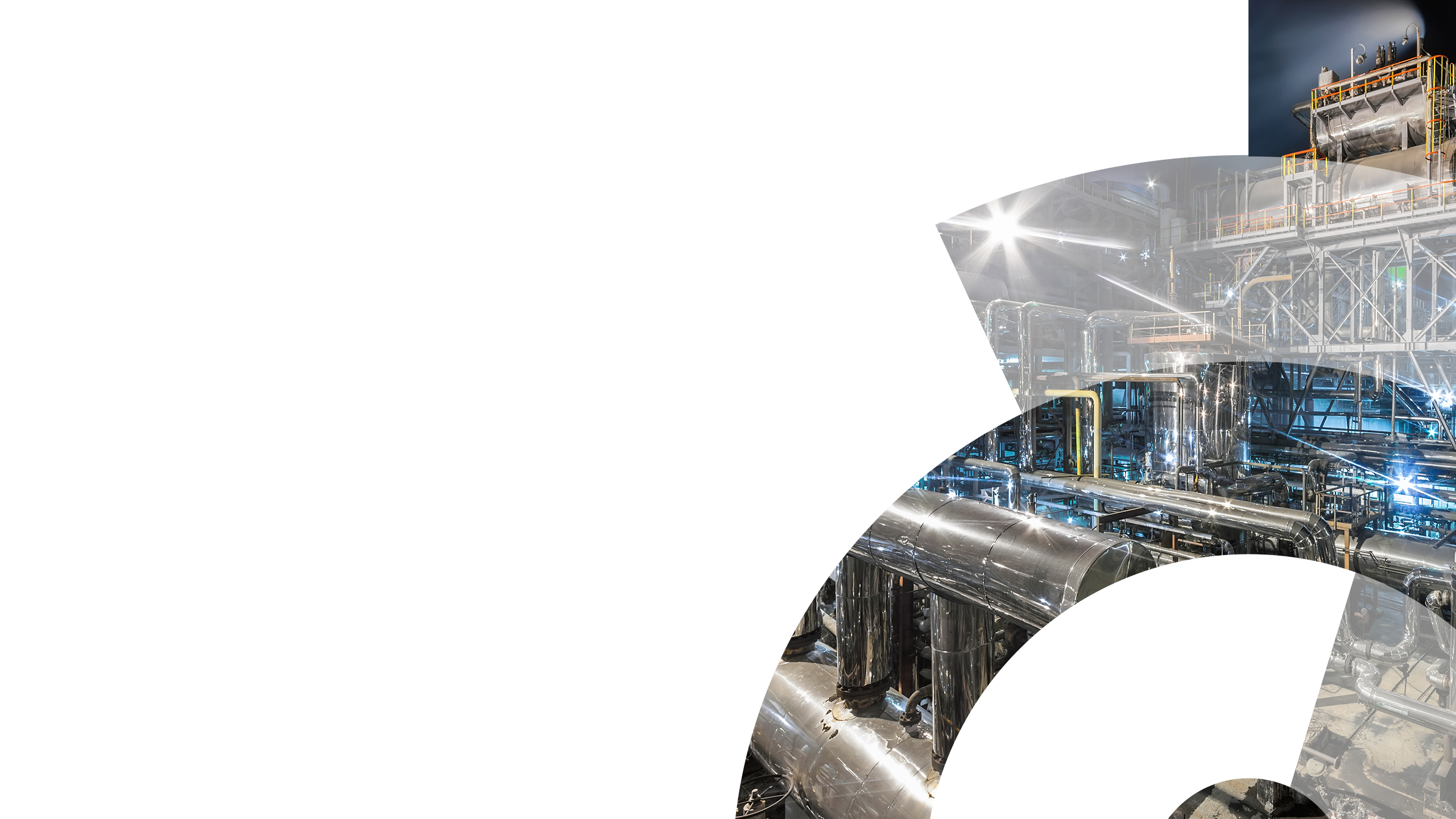
Ammonia
In this section
Ammonia
- Ammonia is a colourless gas at atmospheric temperature. Is does not contain carbon molecules in its composition.
- Ammonia is bunkered either under pressure or as a refrigerated liquid.
- The fuel can be categorized as “brown” (produced from fossil sources), “blue” (produced from natural gas with carbon capture), grey ammonia from natural gas or “green” (produced from renewably sourced hydrogen in a process called electrolysis).
- The production of blue ammonia results in 85% less CO2 emissions than brown and only green ammonia is a zero-carbon fuel.
- It is the best zero-carbon fuel but it is highly toxic and corrosive with safety risks on bunkering and storage.
- It is more appropriate for deep-sea vessels but the first ammonia-fuelled engine is expected by 2024.
- Thought the fuel itself is carbon free, burning ammonia could result in NOx and Nitrous Oxide Emissions that need to be controlled with exhaust gas cleaning systems.
- Production of green ammonia will need to be increased to meet the future demands.
- Ammonia is less energy dense and may require 3-3.5 times the space of traditional bunkers.

Ammonia
What Is Ammonia?
Is this an established marine fuel today?
Is it a “Green Fuel”
What are the main safety considerations?
How is it stored?
How is it burned onboard?
Where can I get it from?
In this section

Philip Voorhees
Team Leader | Bunker & Lubricant Broker/Trader
Speak to our experts
Our people think differently. We are an independent, privately owned, company with team members drawn from a wide variety of maritime backgrounds. We are passionate about finding new ways to help you run a cleaner and more efficient fleet, telling it straight and being transparent and inclusive.